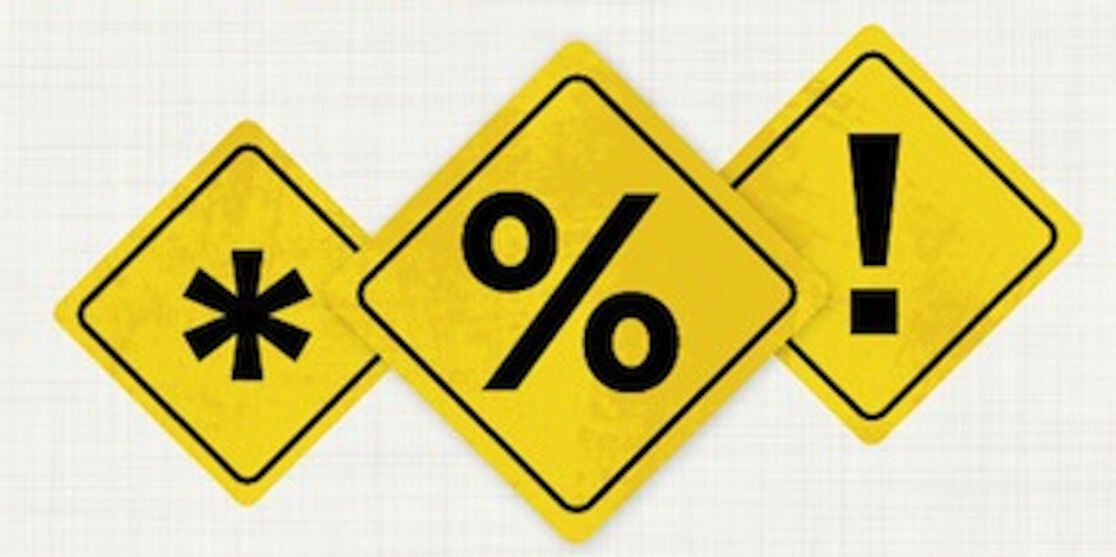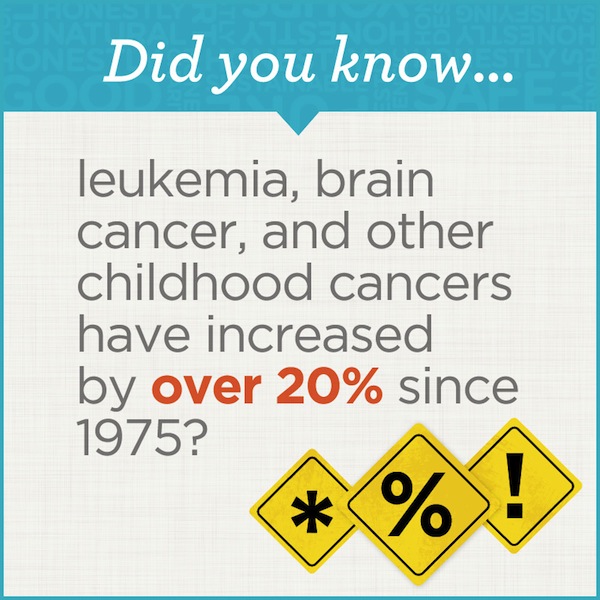I think one thing we can agree on is that good health is precious and we need to do everything we can to protect it. Many parents and health professionals are worried about the rise in certain types of cancer, learning disabilities, early puberty, and more. The good news is we know we can prevent some of these cases by addressing unregulated toxic chemicals in our homes, products, and environment.
Science over the last few decades shows that some chronic diseases have links to toxic chemicals and leading scientists and physicians have flagged this as a big opportunity for prevention.
So what adverse health trends are we talking about? (For more information, you can read our full report on chemicals and our health.)
- Leukemia, brain cancer, and other childhood cancers, which have increased by more than 20% since 1975.
- Breast cancer, the incidence of which went up by 40% between 1973 and 1998. A woman’s lifetime risk of breast cancer is now one in eight, up from one in ten in 1973.
- Asthma, which approximately doubled in prevalence between 1980 and 1995 and has continued to rise. In 2009, nearly 1 in 12 Americans had asthma.
- Difficulty in conceiving and maintaining a pregnancy affected 40% more women in 2002 than in 1982. From 1982 to 1995, the incidence of reported difficulty almost doubled in younger women, ages 18–25.
- The birth defect resulting in undescended testicles (cryptorchidism) increased sharply between 1970 and 1993, with uncertain trends since then.
- Learning and developmental disabilities, including autism and attention deficit hyperactivity disorder, affect nearly one in six U.S. children, as of 2008. Between 1997 and 2008, the prevalence of autism increased nearly 300% nationally.
So what’s the good news amidst all of these sobering facts? We know we can prevent some of these adverse health problems by regulating toxic chemicals that are creeping into our homes and environment. We also know we can drastically reduce the levels of some of these chemicals in our bodies by reducing exposure. Take for example the study that shows how American families reduced their BPA exposure by 60% in three days.
Another example about the opportunity to reduce exposure to harmful chemicals comes from regulating lead in gasoline, which drastically reduced the blood lead levels in Americans.
After Congress passed laws requiring the removal of lead from gasoline, paint, food containers, children’s toys, and municipal drinking water systems, there was an 80% decline from the 1970s to the 1990s in human exposure to the heavy metal.
In addition, the improvement in cognitive ability associated with decreased lead exposure is predicted to result in increased worker productivity, with an estimated economic benefit to the U.S. of between $110 and $319 billion dollars each year.
Removing lead from gasoline, paint, and other sources continues to be one of the most successful efforts to prevent disease and disability in the U.S.
Last week I tackled the question, why are there toxic chemicals in our consumer products in the first place? We learned that due to lax federal laws, many toxic chemicals are ending up in our homes through household cleaners, building materials, and personal care products.
So what happens when our laws do very little to protect our health from toxics? We work together to make sure our federal laws on toxic chemicals work for us!
At Safer Chemicals, Healthy Families we are proud to have the Honest Company as one of our coalition members. Together, with your help, we can show Congress that there is moral urgency to addressing toxic chemicals. Will you join us in our quest to protect the health of our loved ones?
Join The Honest Company, and our coalition in asking Congress to get tough on toxic chemicals. Take action today and ask your friends and family to do the same!
Follow Safer Chemicals on Twitter: @SaferChemicals.
~ Lindsay Dahl, Deputy Director of Safer Chemicals, Healthy Families
We aim to provide you with the most honest and credible information possible. This article was reviewed for accuracy by The Honest Team and was written based on sources that are linked at the bottom of the article.
blog_review_statement




